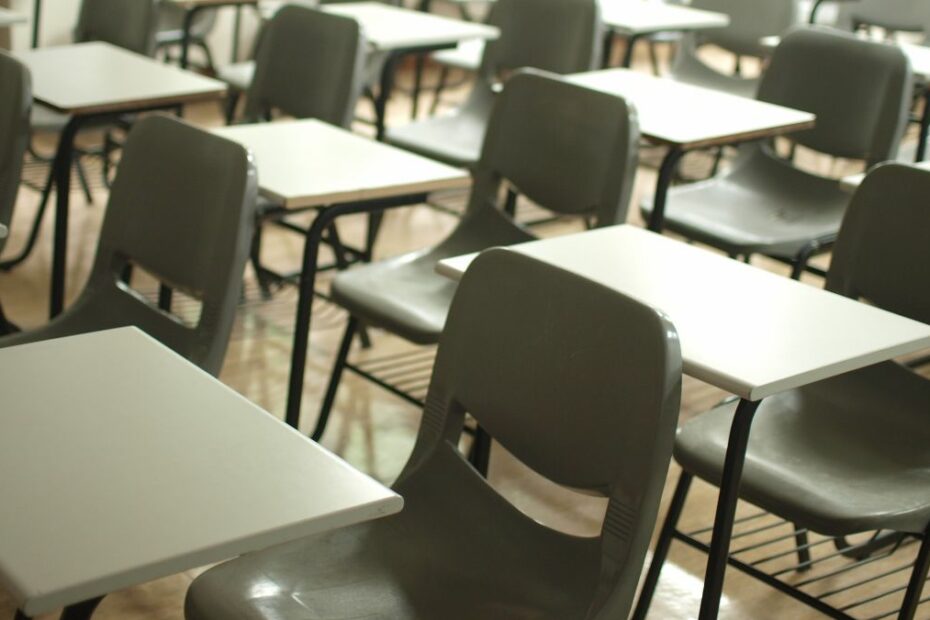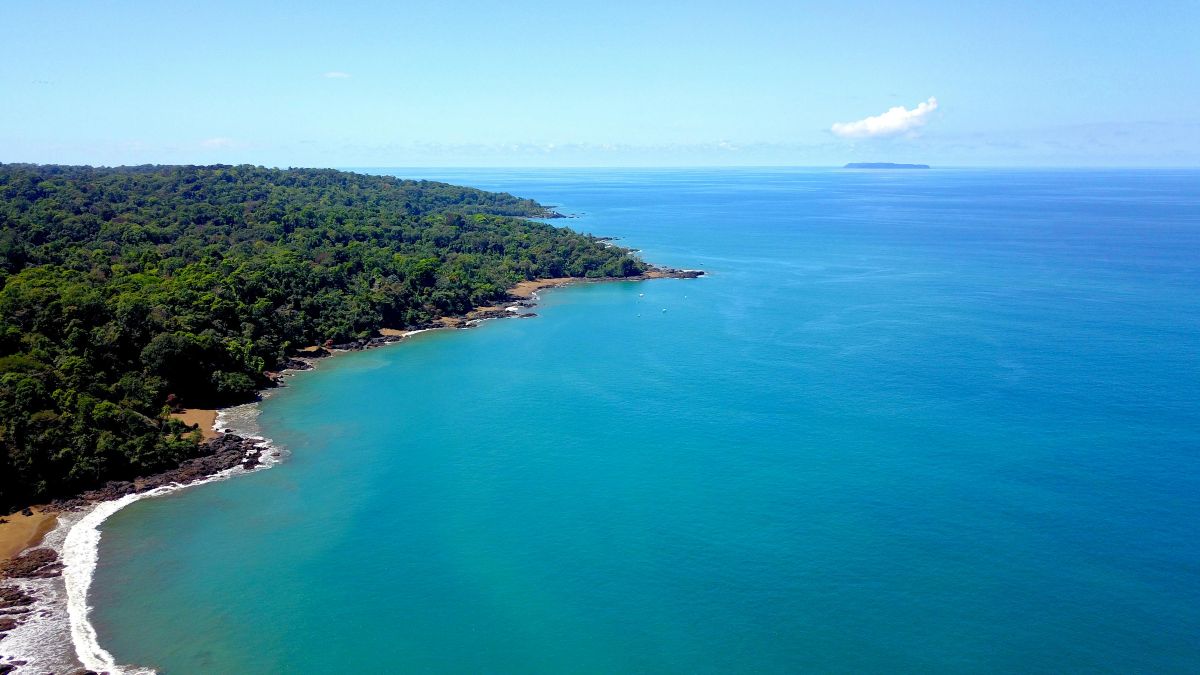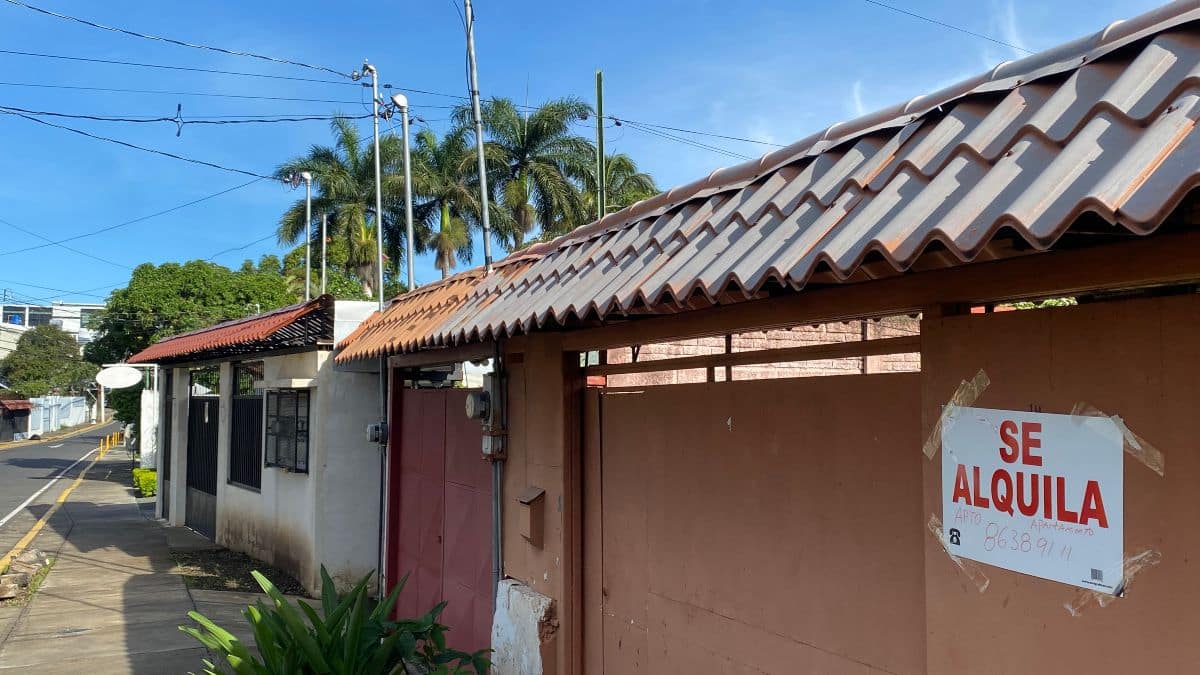Costa Rica is famous for – and often lauded – for the quality of its education, especially compared to its neighbors. But is it really that good? Victor Anaya looks at education in Costa Rica from pre-school to university.
Costa Rica excels in various social indicators, including education. It often ranks at or near the top of Latin American countries in various assessments. In the most recent PISA rankings, it holds the third position in the region (49th globally), following Chile and Uruguay. The Program for International Student Assessment (PISA) evaluates the performance of 15-year-old students in reading, math, and science, conducted by the Organization for Economic Co-operation and Development (OECD) every three years.
The OECD released the latest PISA rankings in December 2019, based on data from 2018. The next PISA assessment should have taken place in 2021, but the pandemic pushed it back to 2022. This means they will release the results of the 2022 assessment at the end of 2023.
Costa Rica’s third-place Latin America ranking means it ranks first in Central America
The Central American countries’ rankings are as follows:
- Costa Rica
- Panama
- El Salvador
- Guatemala
- Honduras
- Nicaragua
Belize did not take part in the most recent PISA rankings, hence its absence from the above list.
Educating your child in Panama? Get tips, advice, and options in our latest read 🇵🇦https://t.co/8KxpcWDsuX
— Central America Living (@VidaAmerica) September 27, 2023
Costa Rica has offered free and mandatory education since 1869, a far longer duration than its neighbors
This contributes to Costa Rica’s literacy rate of 98%, surpassing the Latin American average of 94.45%. With a highly-educated young workforce, it’s no surprise that international companies are looking to hire in the country – a process made easier by partnering with an employer of record in Costa Rica.
All this is no accident – state spending on education has stayed strong regardless of administration. Added up, this comes to almost 30% of the budget over the last few decades. Almost every community, even very small and rural, has a publicly-funded school.
Despite the achievements of the Costa Rican education system, there are some challenges on the horizon. Education funding now accounts for 21% of government expenditure. This still exceeds OECD averages, but marks a significant drop. While the government encourages upper-secondary education, it provides little support for disadvantaged students to stay in school. As a result, most Costa Ricans who can afford it opt for private schools over the public system.
Preschool, primary and secondary education in Costa Rica
Primary education is free and compulsory until 13 in Costa Rica. Classes focus on a range of basic subjects, with mathematics and literacy prioritized. Preschool rates are quite low, with most children not attending school until primary education starts at age five. This is due to a strong value placed on keeping early childhood at home within the family unit.
Secondary education in Costa Rica involves a two-phase process. The first (compulsory) part is dedicated to a continuation of general studies to age 16. After that, specialization starts to take place depending on the focus of the student. These are broken into two basic camps; academic and technical. The former takes two years to complete, and the latter three.
Over half of students will drop out after the first phase and enter the workforce
Oftentimes, the need to earn money short-term comes before the desire for further education. This causes a knock-on effect for social mobility rates. It’s often the more privileged kids who complete secondary education and go to university, highlighting the critical need for accessible student loan options to combat this inequality.
According to PISA results, Costa Rican schoolchildren rank high for both interest in and respect for other cultures. They also report a generally high quality of life, with few reporting social or psychological problems compared to OECD countries.
While pay for public school teachers is low by OECD standards, it’s quite good by local standards. Teachers have a generally young profile compared to elsewhere – the median age is in the thirties. Lack of resources and pay are the top complaints of public school teachers, and strikes are not uncommon.
Private and international schools in Costa Rica
Many Costa Rican parents who can afford it prefer to send their children to private schools. Private schools offer a higher quality of education with smaller class sizes (averaging 25 students compared to 40 in public schools), personalized instruction, and more extracurricular activities. Graduating from a private school increases the likelihood of students attending university.
Most private schools are internationally accredited. This makes it easier for students to pursue further education abroad. Funded by tuition payments from parents, private schools have more resources, better materials, equipment, and supplies. Many private schools offer bilingual education, giving students an advantage.
Internationally accredited bilingual schools also attract expats and their children. This creates diverse student bodies with children from various countries
Most private/international schools are in the Central Valley, around the capital city of San José. There are also a few in Guanacaste and along the Central Pacific coast, with mostly international students.
Tuition costs vary by school, ranging from a few thousand dollars to $10,000-$15,000 per year. Notable private schools in Costa Rica include the Country Day School, Lincoln School, and the British School of Costa Rica.
One key point to note is the timing of the school year. Public schools in Costa Rica follow a February to December schedule. The main “summer” break is over Christmas. Many private schools, however, align with the North American/European school calendar. The school year starts in late August/early September and ends in June with a shorter Christmas break.
The first day of school 2023-2024 has finally arrived! 🎉 We look forward to a new year full of learning and fun and to grow together as one! #CountryDayCR #NordAngliaEducation #BackToSchool pic.twitter.com/GlAlz6HZOP
— Country Day School (@CountryDayCR) August 15, 2023
Higher education in Costa Rica
This is mainly university-based and enrollment has doubled since the turn of the century. Despite remaining challenges regarding equal access, more students are graduating. Between 2015 and 2019, Costa Rica saw a 22% increase 2015-19 in graduate numbers at public universities. Some 28% of young people complete university.
The country has five public universities, their main centers located in and around San José. These universities are the main drivers of academia in Costa Rica, commanding respect and prestige both at home and abroad.
The best public university is the Universidad de Costa Rica (UCR). Strict in its selection process, only about a quarter of applicants manage to get in. UCR leads the country in international rankings and is among the best universities in the region.
Private universities
There are lots of private universities in Costa Rica. These include a branch of Texas Tech and the UN’s University for Peace. The latter only offers postgrad courses and is very selective. There’s also INCAE, a business school running MBA programs set up by Harvard, USAID, and local funders. Bilingual Costa Ricans also often take advantage of studying at universities in other countries from their homes. It’s now possible for them to take, say, an online MBA or other courses if eligible.
A growing trend in Costa Rica is the provision of English-language classes to attract foreign students. This is seeing some success, especially in the natural sciences. Costa Rica, after all, can offer world-class facilities for rainforest research. The country is also a well-established base for exchange students on Spanish language programs.
As @worlduniranking updates its annual rankings for 2022, we update our article about the top five universities in Central America. Three are in Costa Rica, one is in Panama, and one is in Honduras.https://t.co/1G9pgnXwWI
— Central America Living (@VidaAmerica) April 7, 2022
Conclusion
Costa Rica’s commitment to education has yielded impressive results. It performs well in international assessments and has a tradition of free and compulsory education.
While Costa Rica faces funding challenges and disparities between public and private education, it continues to prioritize education in comparison to its neighbors. Costa Rica’s dedication to education remains a cornerstone of its social development.
Victor Anaya is the co-founder and CEO of Serviap Global, a company that provides EOR and recruitment services around the world.




